The article outlines the proper methods for modifying your car, ensuring money is well-spent, and collaborating with skilled tuners and tuning shops.
Choosing the right modifications for your car should be entrusted to a skilled tuner who can offer technical support and visualisation maps to assess the impact of parts on your power requirements, particularly in scenarios you encounter over 75% of the time. The remaining 25% or less pertains to your desires, which dictate the available efficiency for an occasional spirited drive.

Altitude: 3740ft (1140m)
Modifications:
– EJ25
– Manley Pistons 99.75mm C.R 8.5
– Blouch 1.5xtr 10cm
– Process West Verticooler
– Grimmspeed Cold Air Intake
– Perrin Turbo Inlet Hose
– HKS Equal Length Headers
– Grimmspeed Uppipe
– No name Downpipe
– Greddy Supreme SP Cutback
Determining the final performance of a car cannot always be accurately done on a dyno. Cars tuned exclusively on a dyno often do not perform as well on the road due to different load conditions and untested areas of the engine map. Consequently, dyno-tuned cars may excel in straight-line acceleration at full throttle but may not handle as well in other real-world driving conditions. It’s common for owners to be surprised by the initial performance, especially when compared to another car of similar power that’s been fine-tuned on the road, outperforming their ride in all areas. Moreover, these cars can suffer from inconsistent fueling, exhibiting areas that are either too lean or too rich, with optimal performance only achieved at full throttle.
Sometimes, relying on forums, other people’s experiences and dyno charts can be misleading. This can result in installing parts that are not optimized for your altitude and other requirements, leading to a waste of time and money. The following information will demonstrate cases where individuals become their own (google) tuners or rely on tuners with little knowledge of tuning. Standard modifications in the community or forums are then added and dyno-tuned with overinflated numbers, leading to further complications in the future for those who seek advice or want to experience more power.
Below is data taken from a car highlighting the incorrect decisions made when all parties have limited technical capabilities, previewing the creation of a performance platform.

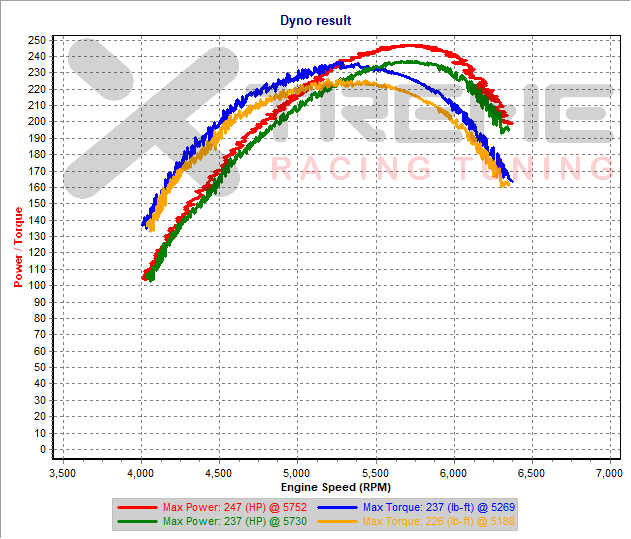
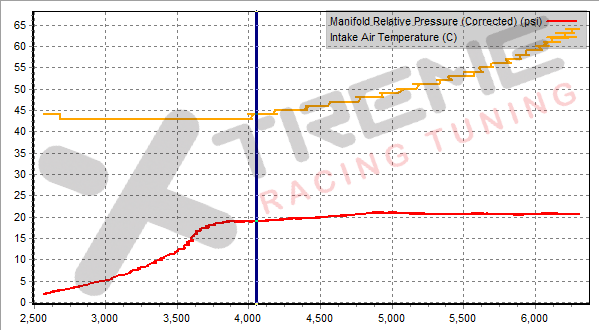
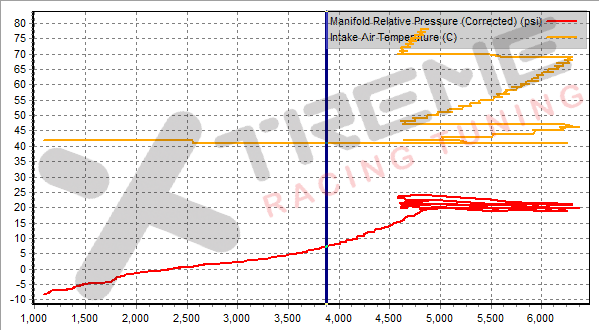
The data shown highlights the mapping is way off the charts of a turbo’s compressor map, thereby demonstrating the need for compressor maps and the technical knowledge to calibrate the car with respect to the modifications and performance goals. As one can see, increasing boost did not lead to increasing torque and horsepower
Understanding the above, the key attribute, especially in boosting a car or enhancing the boost system, the following is a good visualisation when mapping a car’s performance with respect to the turbo used in achieving the performance goals:
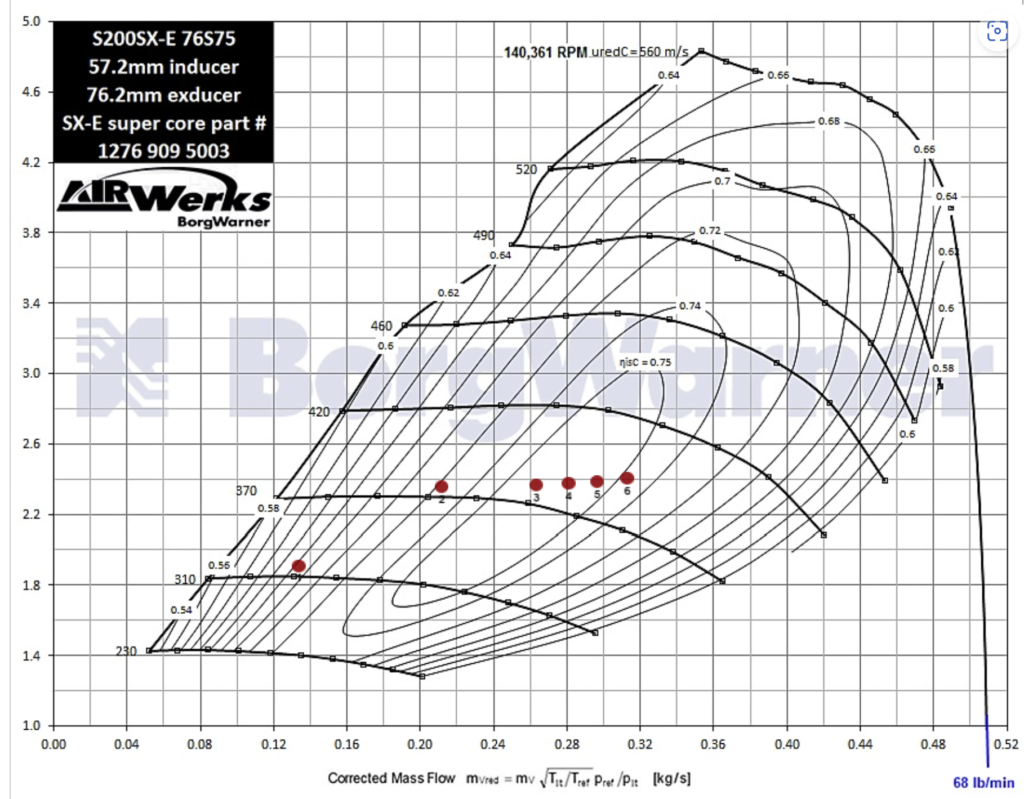
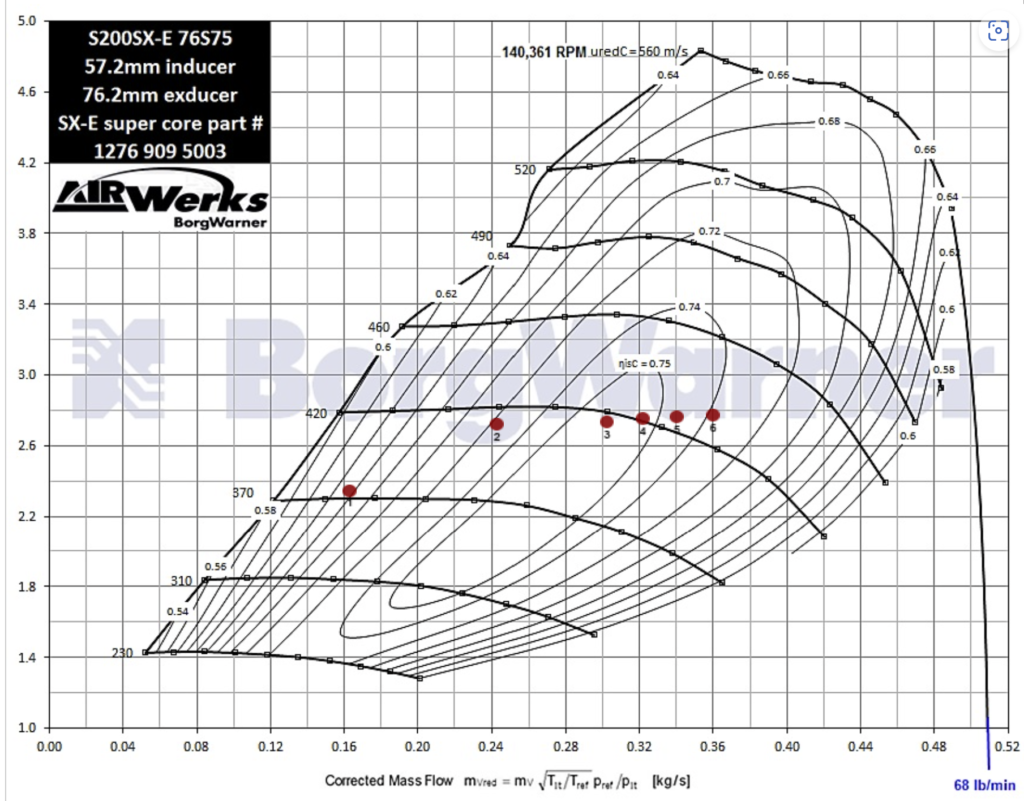
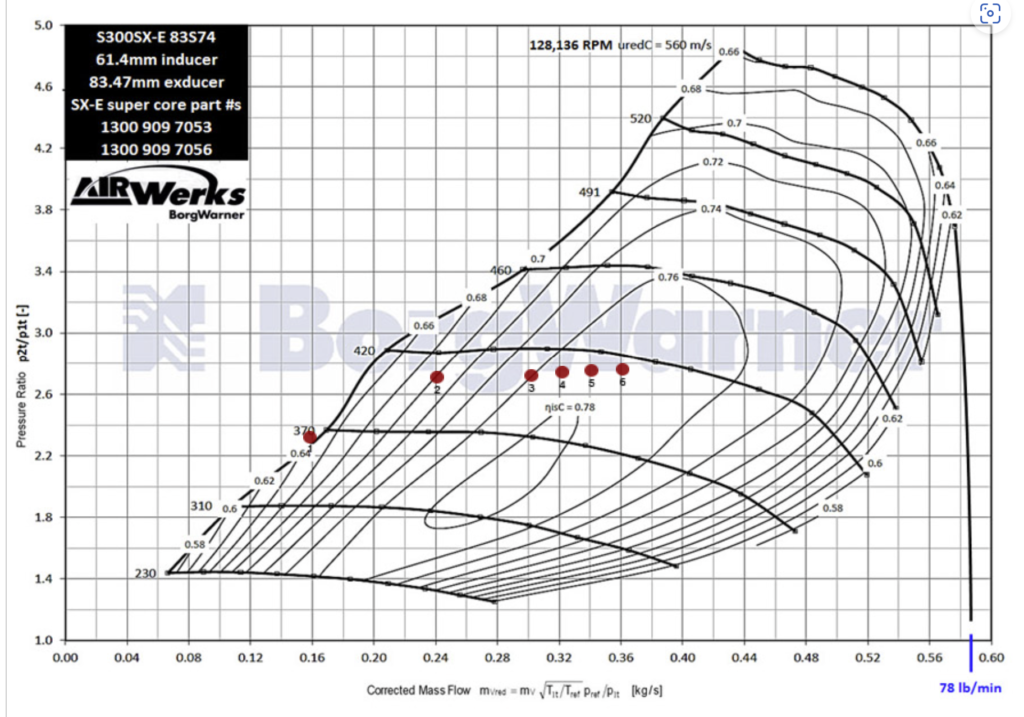
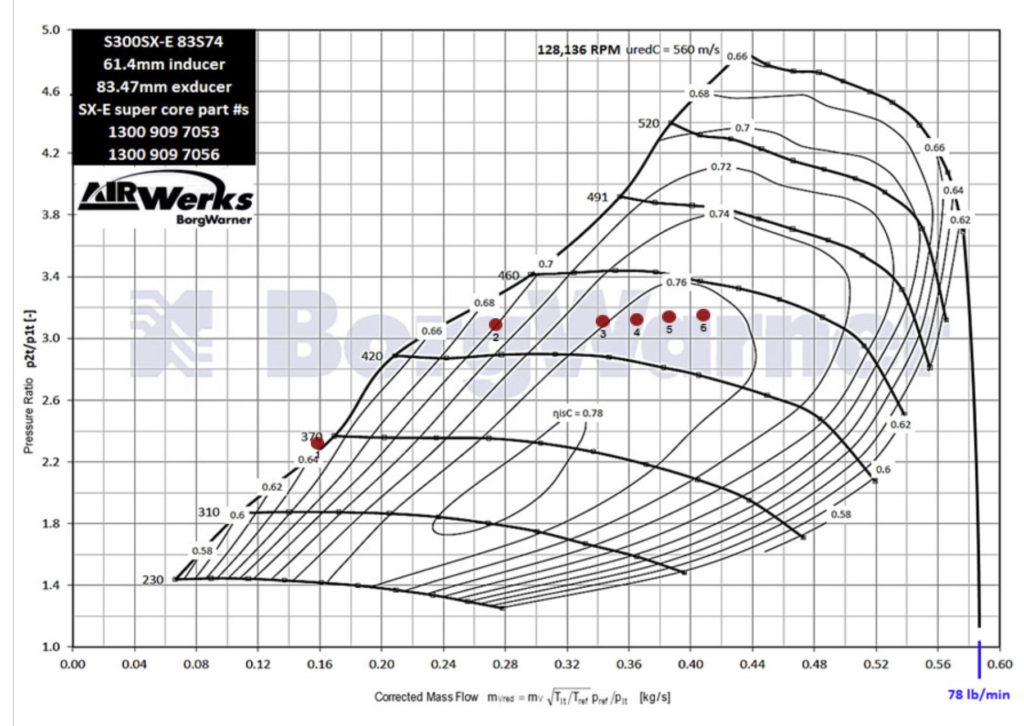
Please remember that higher engine revs lead to lower efficiency unless cams are installed. To achieve optimal performance, aim for an efficient zone in the compressor map that suits 75%+ of your driving style and usage.
